Walking in the footsteps of monarchs at Hampton Court Palace
East Molesey – Surrey - United Kingdom
Hampton Court Palace
Tudor and Baroque History and Architecture
‘Two for the price of one’
A typical glum London day as I head to Hampton Court Palace. It sets the ambience as I step into the gloomy halls. The lighting adds to the mood in the huge chambers and gives me a glimpse of the candlelit atmosphere in the 1500’s.
A prickly feeling runs down my spine. Ghosts of the past could be lingering between solid-as-wall drapes and tapestries. What are their secrets and indiscretions? Who were all the lords and ladies that frequented the palace? How did they live? I would soon find out.
Main entrance of Hampton Court Palace
King Henry VIII – legendary resident of the Palace
Hampton Court Palace has an interesting and dramatic history. It is renowned for being the home of King Henry VIII and his six wives. It was also his most favourite palace even though he had 60 homes to choose from. He was a charismatic ruler and an excessive spender.
It is difficult to deny that Henry VIII was a proficient leader during his reign as King of England from 1509 to 1547. Apparently he was a loving husband – if he was in a good mood or had not been wronged by his family or subjects. At the drop of his bejewelled hat he could be downright nasty, egotistical and ruthless. Yet there were many who considered him to be a knowledgeable and talented king. Or maybe they simply wanted to be part of his wealthy lifestyle.
“King Henry VIII,
To six wives he was wedded.
One died, one survived,
Two divorced, two beheaded.”
Of his six wives, Henry divorced two, or rather the weddings were annulled – Catherine of Aragon and Anne of Cleves. Two others were executed – Anne Boleyn and Catherine Howard. Another, Jane Seymour, died soon after childbirth. Lo and behold, he was outlived by his last wife – Catherine Parr.
As if six wives weren’t enough, he had numerous mistresses as well.
“Boleyn and Howard lost their heads,
Anne of Cleves he would not bed,
Jane Seymour gave him a son – but died before the week was done,
Aragon he did Divorce,
Which just left Catherine Parr, of course!”
East Front of the Hampton Court Palace
Did you know:
Henry was a tall man at 1.87m (6ft 2in). At that stage the average Londoner was 1.70m tall (5ft 5in).
Carpenter’s Court alley
Hampton Court - Baroque or Tudor Palace?
Wherever he resided in the 1500’s, the monarch and pivotal centre of the nation would be surrounded by aristocratic courtiers and their servants.
Hampton Court Palace was a massive compound by the 1530’s. It consisted of huge rooms for guests much like a hotel, a playhouse or theatre and banquet halls to feed the monarchy and their guests. Henry VIII flaunted his power and magnificence through his luxurious life.
A complex residence, the palace was suitable for entertaining enormous gatherings with abundant feasts as well as hunting and jousting, a respected sport in Tudor England.
Hampton Court is to be more concise two palaces. The original lavish Tudor part of the palace was built in 1515 – 1521 by Cardinal Wolsey, the chief minister of Henry VIII. He fell out of favour and was forced to give the palace to Henry.
King Henry’s addition to the palace was the last medieval Great Hall built for the English monarchy. He also added the historic Royal Tennis Court which is the oldest in the world and still in use today, although not with the current version of the game.
The weathered red brick apparent of the Tudor style, is visible at the main entrance on the western side of the palace and near the kitchens. When walking around the area, it is worth looking up to take in the ornate chimneys.
Chimneys
Sections of the palace were demolished and rebuilt into a Baroque style palace at about 1689 - 1694 for William III (William of Orange) and Mary II and is evident in the architecture of the East Front.
Baroque architecture - Hampton Court East Front
Fountain Court at Hampton Court Palace. Ornate chimneys in the 2nd photo
Tapestry Hampton Court
Private Chambers
William III private apartment
William III’s private dining room
The other throne…
King’s Luxurious Close Stool
Why was Hampton Court Palace So Important?
Hampton Court Palace was a seat of government under the Tudors. Surrounding the Base Court there were 44 suits reserved for guests who could seek favour, fortune and patronage whilst living in excellent style.
The Clock Court contained the state apartments reserved for the King and his family. On special occasions the Great Hall was used for plays, dances, and masques.
Clock at Hampton Court
Great Hall
Clock Court
Immerse yourself and explore Hampton Court Palace
Today Hampton Court Palace is open to the public. It is a great day trip from London.
As a tourist you can see realistic displays of history. There are demonstrations to give you an idea of what it must have been like in the kitchens. Walking through the halls and other chambers you will see the tapestries and artwork are exceptional as well.
I was captivated by the history of the palace when I visited in 2009 and if you are like me, allow yourself a good few hours to explore the inside of Hampton Court. Then step outside and walk through the gardens. That will take you a couple of hours as well, especially if you get stuck in the maze.
Tapestry in Hampton Court Palace
Did you know:
William Shakespeare and his theatre company performed A Midsummer Night’s Dream in the Great Hall during some of the festive celebrations at Hampton Court Palace.
Bedchamber William III
Life of the Tudors – Kitchens at Hampton Court Palace
One can barely fathom that Henry VIII’s kitchens at the palace were the largest in Tudor England times. The kitchens were vital to palace life and it was no easy task to feed royalty and their faithful subjects. The heat from the huge raging fires must have been unbearable.
Roasting meat
Henry stocked his cellars well with barrels of wine from Europe to reflect the splendour of his kingdom. Beer was stored in cellars close to the Great Hall.
Did you know:
200 staff members consisting of cooks, grooms, pages and sergeants produced more than 800 meals per day during the reign of Henry VIII.
Every year about 1.3 million logs were burned to boil cauldrons, roast meat, bake pies and cook other food.
More than 1 200 members of Henry’s court needed to be fed as part of their remuneration.
The kitchens at Hampton Court Palace were used for more than two hundred years, feeding Tudor, Stuart and Georgian monarchs, their nobles and servants.
Although King Henry VIII expanded the kitchens at Hampton Court Palace, his food was not cooked there but in his own private kitchen.
The food served at the palace was washed down with gallons of beer and wine.
Water at the palace was safe to drink.
Gardens at Hampton Court Palace
The infamous gardens at Hampton Court Palace are worth a walk through. They include 60 acres of magnificent formal gardens. Parkland around the River Thames are equally astonishing.
The sheer size of the gardens and the quantity of photos I took deserve an article of their own. Watch out for it in my next blog.
In preparation for the arrival of his bride, Catherine of Braganza, a magnificent canal was authorised by Charles II in the 1600’s and as a romantic gesture from him boats shaped like swans sailed up the canal.
Tapestry
If you are intrigued by the twists and turns of a maze, one of the UK’s oldest surviving hedge mazes will keep you entertained for at least 20 minutes in the garden. It was commissioned by William III in about 1700 and covers a third of an acre.
Hedge Maze at Hampton Court
It is worth following in the footsteps of the Tudors and others at Hampton Court Palace. Have you been? What did you find the most interesting?
Related Blog Post:
The pulse of London: A snapshot perspective
Gardens of the Hampton Court Palace
Find me on Social Media:
On Pinterest? Save for later!
Step by step instructions on how to leave a comment on my blog:
Type in your comment in the comment box.
Click ‘Post Comment’
Briefly a message should appear saying you are not logged in, then a box with ‘Post a Comment’ will appear for you to complete with your name, email address and website URL (if you have one).
Fill in your first name and email address in the appropriate section. (Your email will not be made public and will not be used for any other purpose than for you to get a notification of a reply to your comment.)
Click ‘Comment as Guest’ and you’re good to go!
To subscribe to my blogs, please fill out the SUBSCRIBE form.
Thank you.
I know it is quite a process, but it helps keep our websites secure. Your email address will not be shared or displayed.




















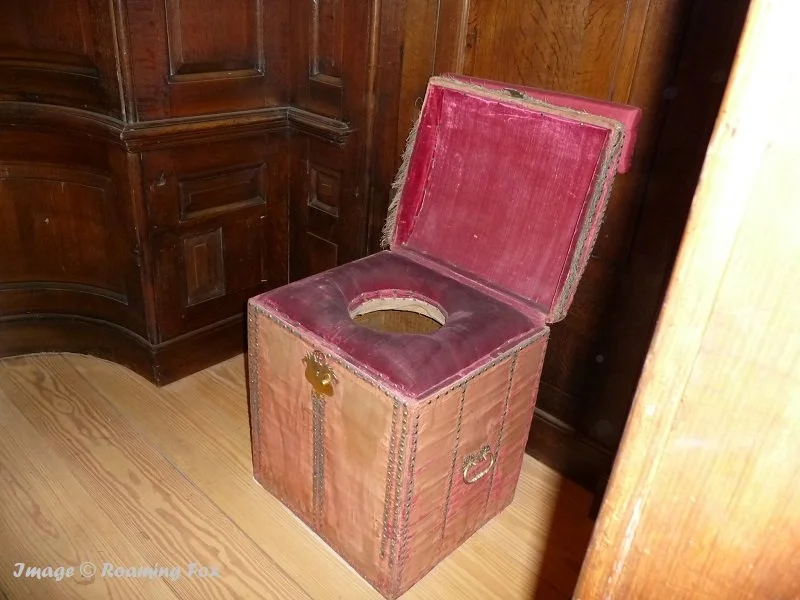











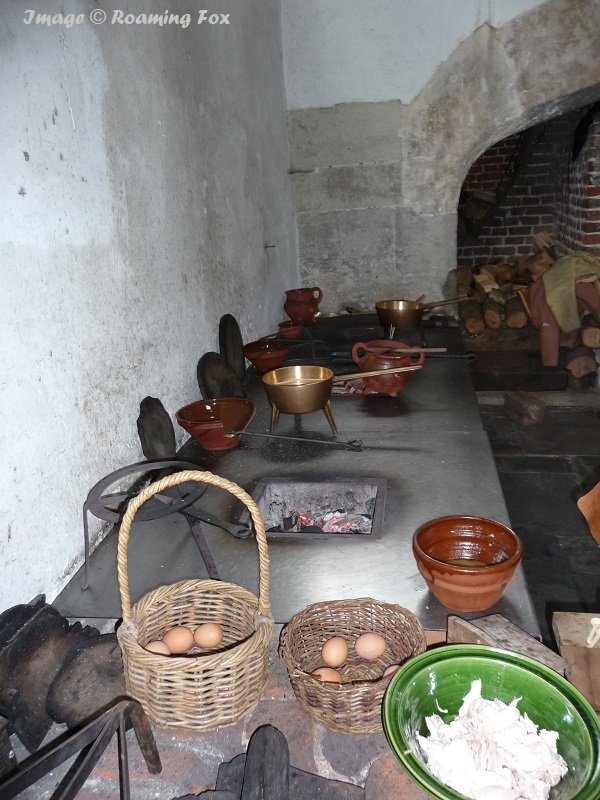






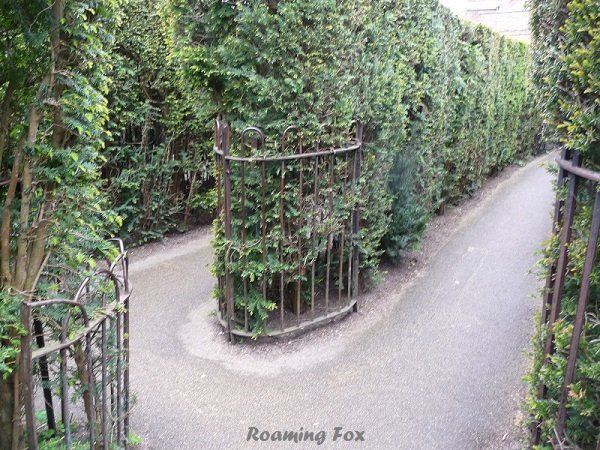



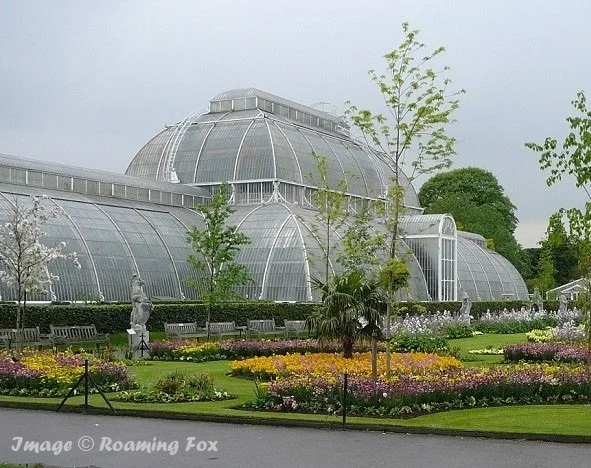


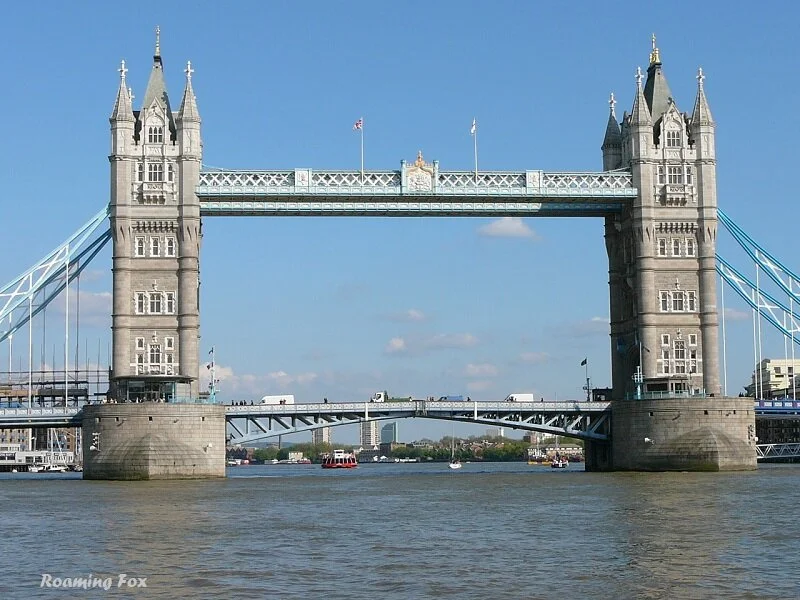




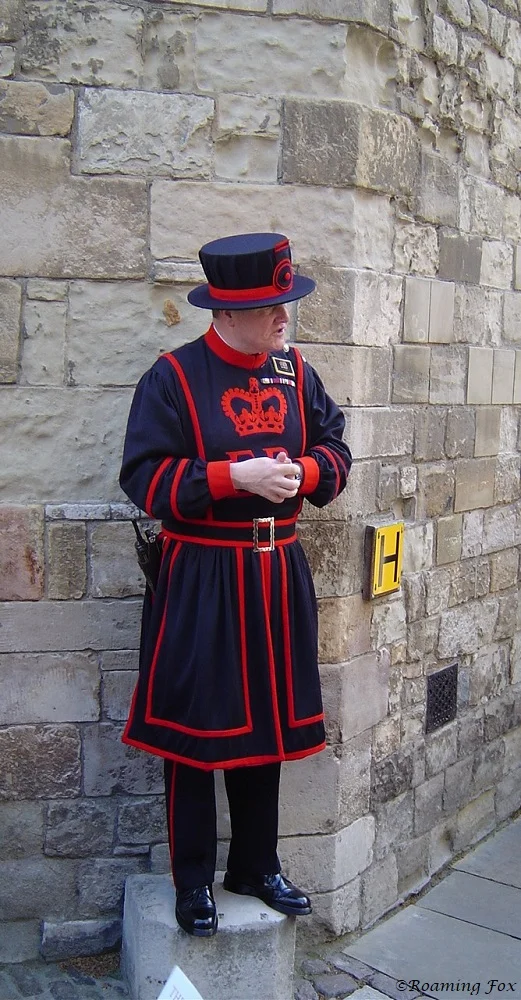




Visit HMS Belfast, look inside its many decks and experience a historic warship in London. Your stroll next to the River Thames at The Queen’s Walk near Tower Bridge will bring you to where the HMS Belfast is moored.